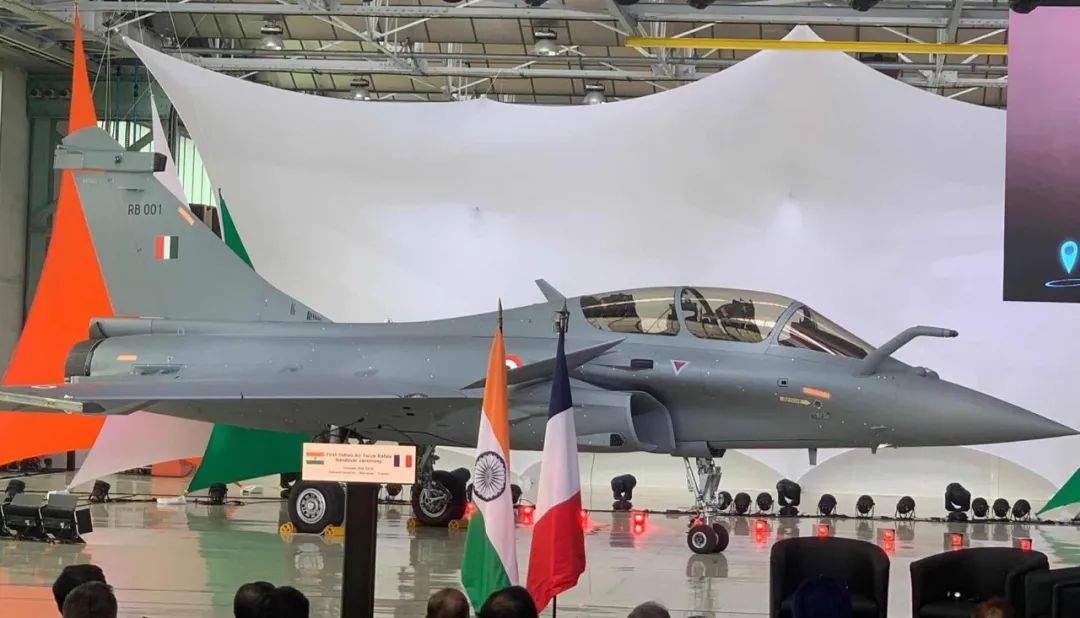Another “windstorm” hit India …
On November 4, the second batch of three French-made Rafale fighter jets arrived in India. The arrival of this batch of “Rafales” brought the total number of Indian Rafale fighters to 8.

Unlike the first batch of five Rafales that flew to India via a third country, the three Rafales flew directly to India through air refueling.
According to the Indian Air Force, the three Rafale fighter jets departed from France and flew for more than 7,000 kilometers before arriving in India.

Earlier, Indian Defense Minister Singh praised the Rafale fighter for “changing the rules of the game.” He believed that the Indian Air Force had gained a technological advantage with this fighter.

India’s first batch of five Rafale fighter jets was stationed at Ambala Air Force Base in India on September 10, which is also the deployment location of India’s first Rafale fighter squadron. The second “Rafale” squadron will be stationed in Hashmara, West Bengal.

Before all 36 Rafales arrive, the Indian Air Force expects to receive three to four Rafale fighters every two to three months.
Its first “Rafale” squadron will be fully ready by 2021, and its second squadron will be ready by 2023.
India buys 36 Rafale from France
The unit price is up to 240 million US dollars
The Rafale fighter is manufactured by the French Dassault Aircraft Company. It is a new generation of French multi-function fighters. It can perform air combat and attack on ground or sea targets. It is known as one of the most efficient, sophisticated and expensive multi-purpose fighters in the world. .

In September 2016, India and France signed a contract to purchase 36 Rafale fighters from France for a total price of approximately US$8.8 billion.
Regarding the arrival of the “gust”, the Indian media had previously conducted a large number of high-profile reports. The Indian media described this fighter as a “4.5 generation” fighter, saying that it is equipped with the latest weapons and is a multi-purpose fighter.
However, US media pointed out that India’s arms purchase agreement means that the average price of each fighter jet is as high as 240 million US dollars. Such high cost has caused considerable controversy in India.
In addition, the arrival of the “Rafale” fighter jets required the Indian Air Force to maintain up to 7 different types of aircraft at the same time, “for the forces that are already financially tight, it greatly increases the overall logistics and maintenance costs.”



